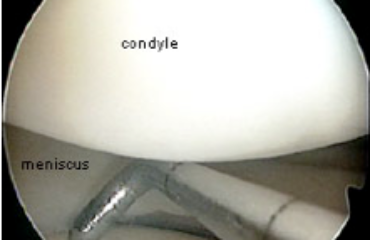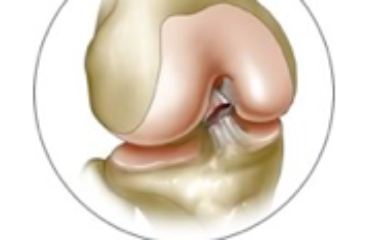1. Why Should I Choose Arthroscopic Surgery?
Arthroscopic surgery is a technique increasingly adopted by Phoenix orthopedic surgeons for the repair of meniscal tears. It has the advantage of requiring smaller incisions and less dissection, and is associated with improved outcomes. The degree of repair done will depend on the severity and nature of the meniscal tear. The location of the tear also factors heavily into the actual procedure done under arthroscopy.
2. What Happens During a Knee Arthroscopy?
During arthroscopy, the Phoenix knee surgeon inserts the arthroscope, which is a thin tube containing a camera and light through small incisions near the knee. This allows the surgeon to visualize the knee without open surgery. Other small incisions are made to accommodate the surgical instruments.
The simplest operation, meniscectomy, is the removal of damaged tissue. While outcomes are positive in the short run, it is associated with the development of arthritis in ten to twenty years’ time. The higher the amount of meniscus removed, the increased chance of arthritis.
Meniscus repair, which is done with stitches or an arrow, has been shown to lead to positive outcomes, albeit with a longer recovery period than meniscectomy. Meniscus replacement can be considered for young and healthy patients with prior removal of meniscal tissue.
3. How Effective is Knee Arthroscopy?
The repair of meniscal tears is highly effective, with over 90% of patients reporting improved outcomes after surgery. The experience of the sports medicine surgeon is also positively correlated to better outcomes. Better outcomes are also expected for early repair, a more peripheral tear location, and concomitant reconstruction of the ACL.
 The procedure is not considered an acute emergency, and can be opted for on an elective basis. For better outcomes, surgery is recommended within the first two months after injury.
The procedure is not considered an acute emergency, and can be opted for on an elective basis. For better outcomes, surgery is recommended within the first two months after injury.
4. What are the Risks associated with Knee Arthroscopy?
The repair of meniscal tears under arthroscopy bears minimal risk, with a complication rate of 1.3%. Most of these post-operative conditions are the result of intraoperative damage to skin nerves and surgical site infections, and are easily managed. Persistent pain and stiffness, or injury to the large nerves and blood vessels are relatively rare, but occasionally occur.
It is recommended that these risks be managed through compliance with the treatment schedule and protocols assigned by the knee surgeon in Scottsdale. Proper compliance to medications reduces the risk of postoperative infections. Physical therapy and rehabilitation also improve outcomes and functionality. It is important that you keep your doctor aware of your progress as you recover from the procedure.



